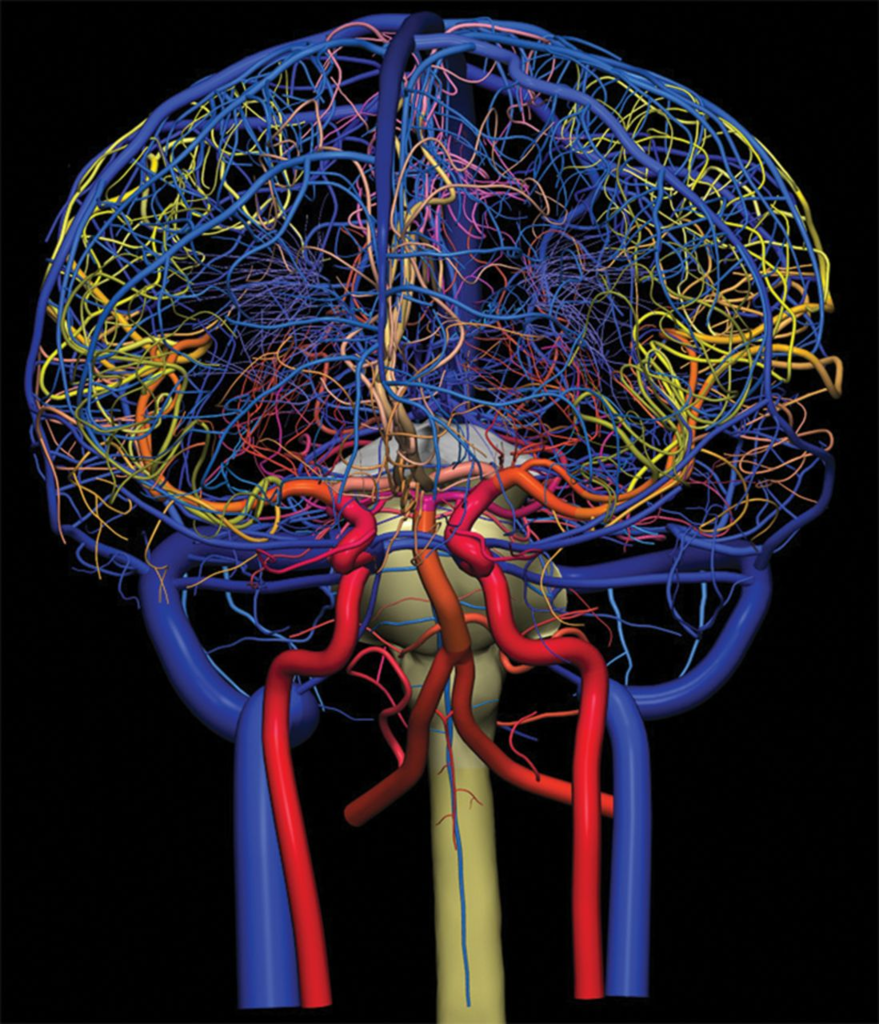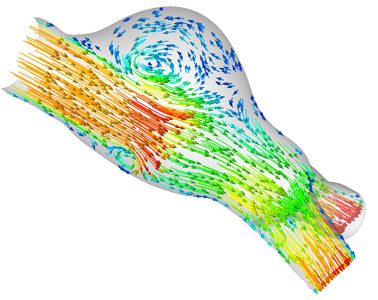Probleemstelling:
There is an ongoing trend towards less invasive medical procedures. This is best illustrated in the fields of cardiology and vascular surgery, where treatment is nowadays more often based on catheter-based procedures rather than open surgery: e.g. treatment of occluded blood vessels using coronary angioplasty or the stenting of peripheral arteries. This trend is also observable in neurology: for example, catheter-based coiling of brain aneurysms is now preferred above surgical clipping when possible. Sometimes, there is even no surgical alternative and one can only rely on minimally invasive procedures, such as mechanical thrombectomy (the removal of a blood clot during acute ischemic stroke).
The main risk during neuro-interventional procedures is thrombogenic: due to manipulation of a catheter inside the brain vasculature, a blood clot can be generated which then causes occlusion of a blood vessel downstream. It is well known from cardiovascular research that the risk of thrombus formation can be related to the blood fluid dynamics, e.g. shear stress.

